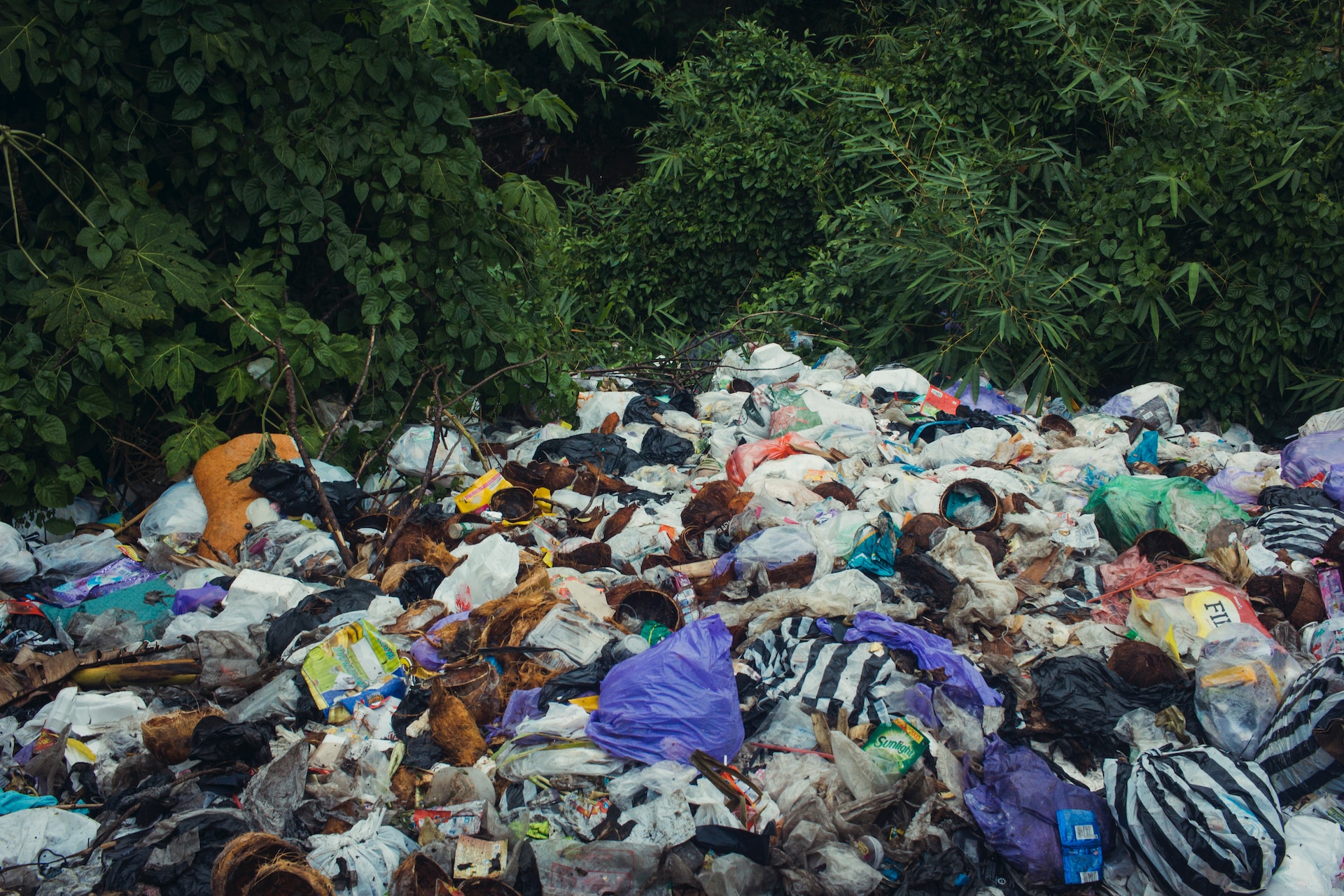Plastic has become an inseparable part of our life. From the packaging and the serviceware to the cover of a pen that you are using and household items, plastics are found everywhere in our daily lives. It has only been around 100 years since modern plastic was invented, before that the plastic was made from naturally occurring polymers such as silk, natural rubber, leather, etc. The synthetic plastics (derived from fossil fuel-based chemicals like natural gas or petroleum) gained popularity for its properties such as light weight, mouldability, low cost and for its wide range of uses. However, people began to realize the negative environmental impacts of plastics in the early 20th century.
Most of the plastics produced are not recycled and either dumped in landfills or thrown away in rivers or oceans. Being unable to decompose or break down, they accumulate in land, river or surrounding, generating negative environmental impacts or causing disturbance in an ecosystem, which is called plastic pollution.

Photo by Finlan Aldan on Unsplash
Current status:
According to the report issued by International Centre for Integrated Mountain Development (ICIMOD) in 2018, urban waste in Nepal comprised at least 16% of plastic which is 2.7 tonnes of daily plastic production.
The government of Nepal announced ‘Action Plan for Ban on Plastics ’ in May, 2022 with the goal to ensure a clean and healthy environment to live for its citizens through ban on the production, sale and use of plastics less than 40 microns, encouraging the use of eco-friendly alternatives waste. This government initiative seems to be a remarkable step towards sustainable future however it is yet to be implemented.
Also, the government’s Solid Waste Management Act 2068 (2011) stated that the local bodies should segregate at least degradable and nondegradable waste and encourage reduction, reuse, recycle of the solid waste. However, the local bodies have never been able to implement the provision despite several initiatives. Due to lack of strict rules and regulation, people are seen adopting inappropriate ways of getting rid of their waste, such as dumping their garbage in the river, on roadside and burning. Such activities have led to serious impacts on our environment, public health, aquatic life and the burning of plastics even contribute greenhouse gasses such as carbon dioxide leading to climate change and air pollution.
Similarly, the unmanaged landfill of Sisdole hill which has been used by Kathmandu Metropolitan as a dumping site for over the past two decades seems not to be a sustainable way. The local residents have repeatedly reported foul smell, sickness and low production of agricultural crops as well. But the government seems to ignore the seriousness and urgency of the risk such pollution brings in peoples livelihood.
The plastic problem seems so complex that it can’t be solved anymore. So, is there any solution?
While there is no absolute solution to plastic pollution, the first initial step towards the solution is to reduce the use of plastics and eventually its production. The waste management baseline survey done in 2020 revealed that the waste comprises 54% organic, 33.3% inorganic and 12.7% other. This shows that the organic waste which mostly comprises biodegradable materials can be treated or converted into reusable forms such as compost. Other inorganic wastes can also be further classified into plastics,metals, e-waste, etc and managed accordingly.
Although people are well-known about their role in controlling plastic pollution, there still seems to be a lack of awareness among the people, so behavioral change and community involvement approaches can be a continuous process towards sustainability.
Alternative options such as eco-friendly paper bags for packaging, and products such as toothbrushes, combs, straws, bottles, and soaps have also evolved in the past few years. Slowly many people are realizing how their way of consumption is affecting the environment and shifting towards more sustainable products.
While Nepal’s aim to meet Sustainable Development Goals by 2030 seems lagging behind, the government should make more investments in agro-based and sustainable businesses. This can help create job opportunities to reduce poverty and strengthen our agriculture as well. In terms of our waste management policy, the government and local bodies need to focus on successful implementation and monitoring & evaluation as well. There also lie opportunities in bringing plastics into the circular economy through recycling and many innovative ideas.